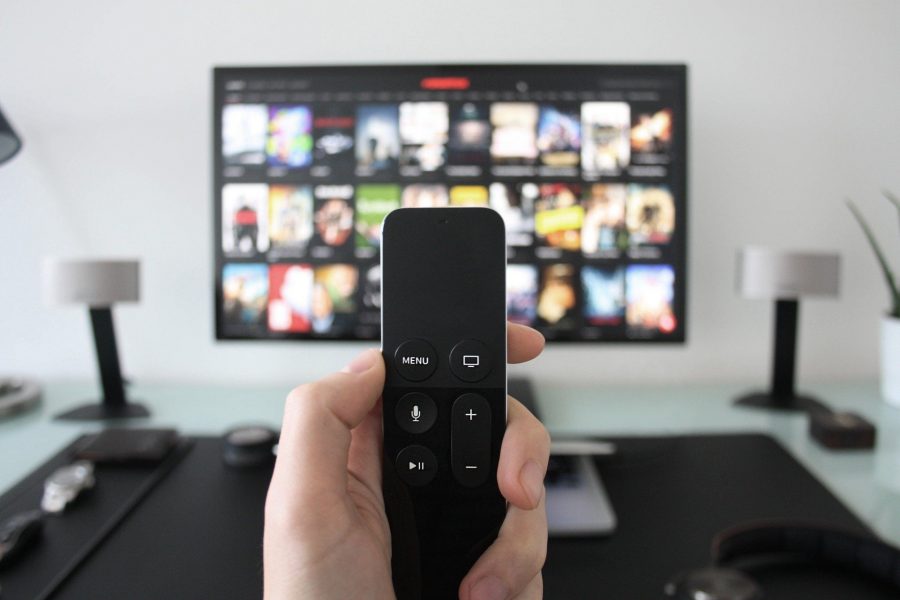Since its introduction in the 1930s, television has become a primary source of news distribution and entertainment, making it a difficult commodity to live without. In its early years, very few people were able to afford televisions, which meant that there was very little content available to the people wealthy enough to purchase one. However, as television became more affordable and more families introduced it into their homes, the amount of content available started to increase greatly. In the 1950s, television shows of many different types began to air all over the country beginning what many people view as the “golden age” of television.
The release format of network television shows has not changed much since their initial spike in popularity. Most shows would follow a weekly schedule, releasing at a set time on a specific day each week. Shows were structured the same way they are today, being broken up into seasons with varying numbers of episodes depending on the show. The weekly release format still exists today, but its popularity has waned in recent years due to the rise of a competitor to network television.
Netflix commenced operations in 1997 as a DVD rental service. The site offered unlimited rentals for a relatively low subscription fee. Netflix saw tremendous growth in subscribers during its first few years in business, amassing 857,000 subscribers in 2002 and ending 2006 with well over 6 million subscribers. In 2007, Netflix began to grow into the service we know it to be today. Becoming the first streaming service ever, Netflix was influential and revolutionary. It changed the landscape of media consumption by popularizing the method of watching tv shows known as binge watching. This practice is when someone watches multiple episodes of a show for an extended period of time. 61% of survey participants admitted that they regularly binge watched shows on Netflix. Noticing this sudden change of taste, Netflix decided to adapt to the desires of their consumers.
In 2013, Netflix debuted their first original series, House of Cards. The series released all of its episodes at once, receiving much acclaim from both critics and fans. This new way of releasing shows was an instant hit. People across the globe were bingeing the new series as soon as it came out. This excitement enticed Netflix to release all of their other shows using this format. Following Netflix’s rise in popularity, streaming services started to become more and more common. It has become a way for previously established entertainment companies such as Warner Brothers and Disney to expand their reach and create competition for Netflix. Even Amazon, one of the largest companies in the world, broke into the world of streaming. They offered Amazon Prime Video in 2011, releasing their first original series in 2013. Despite the recent popularity of streaming services, the model is not without its flaws.
The streaming service model relies on a customer paying a monthly subscription fee to access the content provided by the service. For a significant discount, you can purchase multiple months at a time or even a full year’s subscription. Despite these savings, there are many people who decide to only subscribe for one month at a time. This decision is often influenced by what original content is available at the time. For example, if Netflix releases a new show in March that interests a monthly subscriber, they’ll subscribe for that month and then cancel after they’ve finished the show. Since Netflix releases full seasons of their original shows at once, they’ll only get one month’s subscription out of this type of consumer. Many existing services have continued to release full seasons at one date, but a familiar release format has recently started to regain its popularity.
New streaming services like Disney+ have designed a release strategy to maximize profits from their monthly subscribers. Disney+ original series such as The Mandalorian and Wandavision have released their episodes once a week. The Mandalorian had 8 episodes in each of its two seasons, meaning that people interested in watching the show had to subscribe for 2 months, with 4 episodes being released each month. Disney+ also plans to release an overwhelming amount of content in the coming years, making it difficult for fans of franchises such as Marvel and Star Wars to even consider cancelling their subscription for a month. This transition back to the weekly release schedule is undeniably motivated by the money it brings in for the company. However, it offers a refreshing experience for a new generation of people who have never had to face the anticipation of waiting a whole week to see what happens next to their favorite characters.







